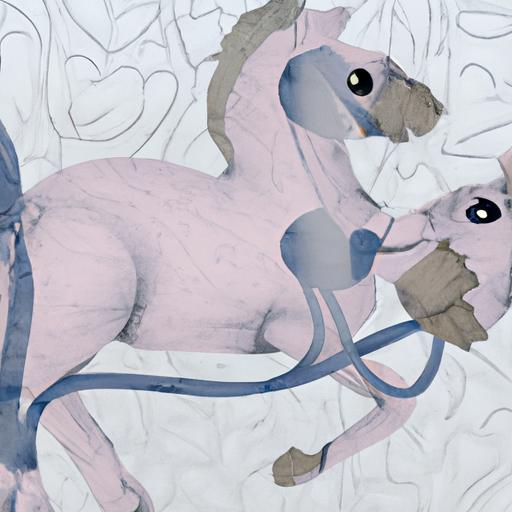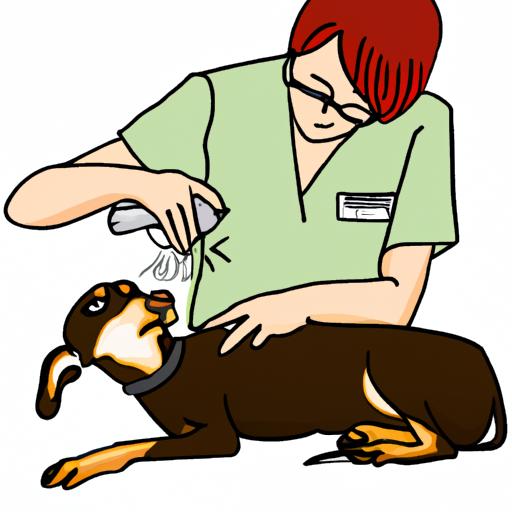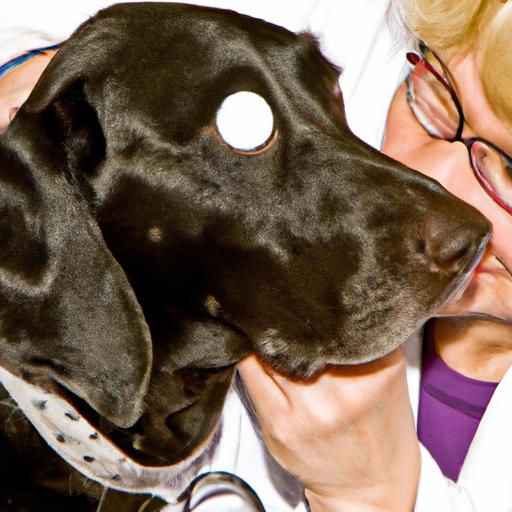
Understanding Canine Cushing’s Disease: A Comprehensive Guide
Gain comprehensive knowledge about Canine Cushing’s Disease. Understand its causes, symptoms, diagnosis, and treatment options. Start here with our informative guide.
Canine Cushing’s Disease is a condition that affects our beloved furry friends, causing a range of symptoms and potential health complications. As responsible dog owners, it is crucial to understand this disease to ensure the well-being and longevity of our canine companions. In this article, we will delve into the intricacies of Canine Cushing’s Disease, exploring its causes, symptoms, diagnosis, and available treatment options. Let’s embark on this journey of understanding together.
Introduction
Canine Cushing’s Disease, also known as hyperadrenocorticism, is a hormonal disorder that primarily affects dogs. It occurs when the body overproduces cortisol, a stress hormone, leading to imbalances in various bodily functions. Although this condition can occur in any breed, it is more commonly observed in older dogs.

Understanding Canine Cushing’s Disease
Definition and Causes of Canine Cushing’s Disease
Canine Cushing’s Disease can be categorized into two types: pituitary-dependent and adrenal-dependent. The former is the most common, accounting for around 80-85% of cases, where a tumor in the pituitary gland stimulates excessive cortisol production. Adrenal-dependent Cushing’s Disease, on the other hand, occurs due to tumors in the adrenal glands themselves.
Symptoms and Signs to Look Out For
Recognizing the symptoms of Canine Cushing’s Disease is essential for early detection and effective management. These symptoms may vary from dog to dog but commonly include increased thirst and urination, weight gain, hair loss, muscle weakness, and a pot-bellied appearance. Additionally, dogs with this condition may experience skin problems, such as thinning skin, susceptibility to infections, and delayed wound healing.
Diagnostic Procedures and Tests
To confirm the presence of Canine Cushing’s Disease, veterinarians employ various diagnostic procedures. These may include blood tests to measure cortisol levels, urine tests, and low-dose dexamethasone suppression tests. Additionally, imaging techniques like ultrasounds or MRIs can help identify tumors or abnormalities in the adrenal glands or pituitary gland.
Differentiating Between Pituitary-Dependent and Adrenal-Dependent Cushing’s Disease
Differentiating between pituitary-dependent and adrenal-dependent Canine Cushing’s Disease is crucial for determining the most appropriate treatment options. This differentiation is typically done through further testing, such as high-dose dexamethasone suppression tests or advanced imaging techniques. Understanding which type of Cushing’s Disease a dog has enables veterinarians to tailor treatment plans accordingly.
FAQ (Frequently Asked Questions)
What are the Treatment Options for Canine Cushing’s Disease?
The treatment options for Canine Cushing’s Disease depend on the type and severity of the condition. In pituitary-dependent cases, medications like trilostane or mitotane may be prescribed to manage cortisol levels. Adrenal-dependent cases may require surgical removal of the tumor. Additionally, supportive care, including a balanced diet, exercise, and regular veterinary check-ups, is vital for overall well-being.
Is Canine Cushing’s Disease Curable?
While Canine Cushing’s Disease is not entirely curable, proper management can significantly improve a dog’s quality of life. Early detection, appropriate treatment, and diligent monitoring can help control symptoms and prevent further complications. With proper care, many dogs with Canine Cushing’s Disease can lead happy and fulfilling lives.
Can the Disease be Prevented?
Unfortunately, there are no known methods for preventing Canine Cushing’s Disease. However, regular veterinary check-ups and awareness of the symptoms can aid in early detection and ensure timely intervention. By being vigilant and proactive, we can minimize the impact of this disease on our furry companions.
How Does Canine Cushing’s Disease Affect a Dog’s Lifespan?
The prognosis for dogs with Canine Cushing’s Disease varies depending on various factors, including the stage of the disease and the dog’s overall health. With proper management, dogs can live comfortably for several years. However, it is important to note that the disease may progress and require adjustments in treatment over time.
Are Certain Dog Breeds More Prone to Developing the Disease?
While Canine Cushing’s Disease can affect any breed, some breeds, such as Poodles, Dachshunds, and Boxers, have a higher predisposition to developing the condition. It is essential for owners of these breeds to be particularly vigilant and monitor their dogs for any potential symptoms.
Conclusion
Understanding Canine Cushing’s Disease is paramount for responsible dog ownership. By familiarizing ourselves with the causes, symptoms, diagnostic procedures, and available treatment options, we empower ourselves to provide the best care for our canine companions. Remember to consult a qualified veterinarian for an accurate diagnosis and tailored treatment plan. Together, we can ensure the well-being and happiness of our beloved dogs, even in the face of Canine Cushing’s Disease.
*Note: This article is for informational purposes only and should not replace professional veterinary advice.



























